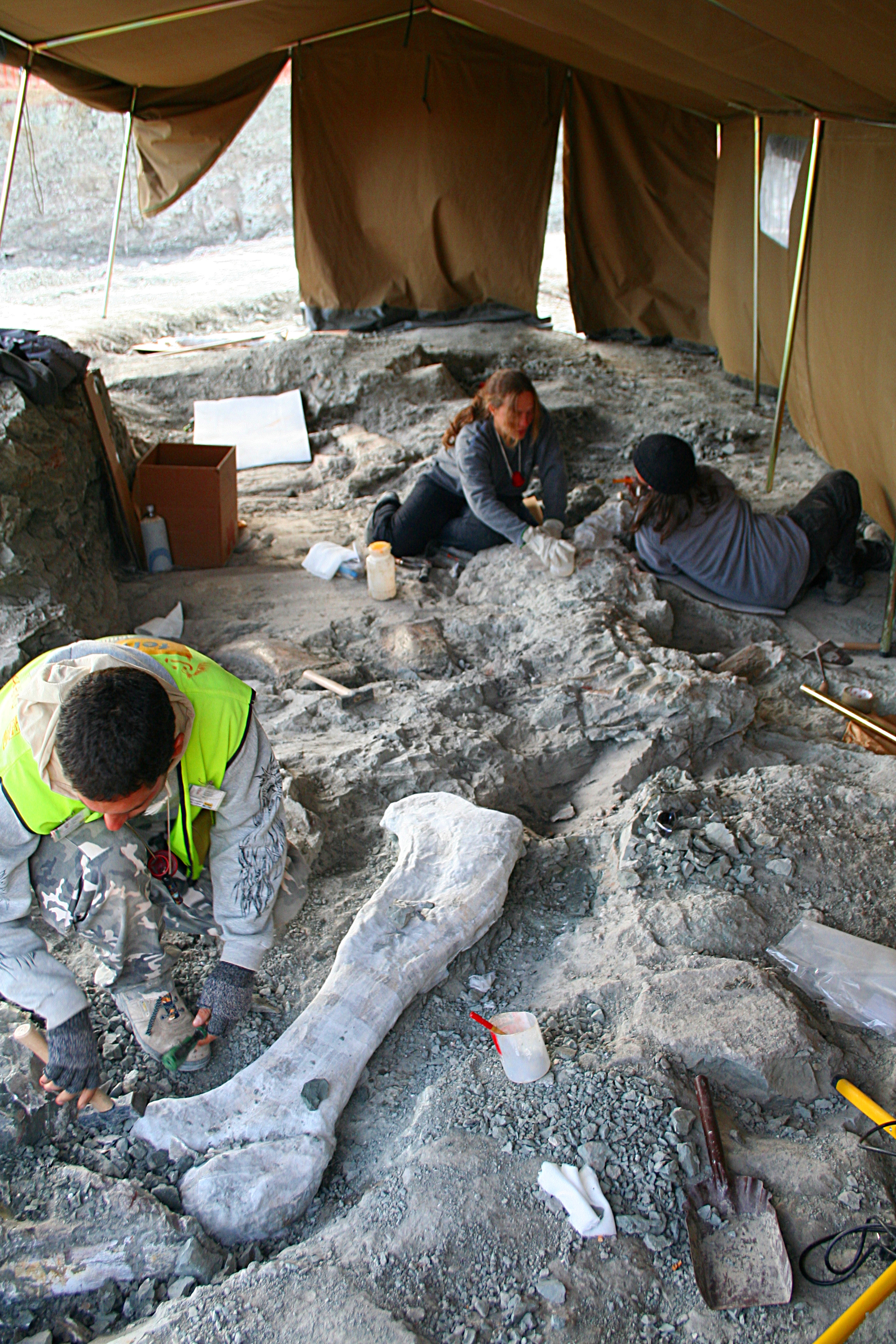|
Le Règne Animal
''Le Règne Animal'' (The Animal Kingdom) is the most famous work of the French naturalist Georges Cuvier. It sets out to describe the natural structure of the whole of the animal kingdom based on comparative anatomy, and its natural history. Cuvier divided the animals into four ''embranchements'' ("Branches", roughly corresponding to phyla), namely vertebrates, molluscs, articulated animals (arthropods and annelids), and zoophytes (cnidaria and other phyla). The work appeared in four octavo volumes in December 1816 (although it has "1817" on the title pages); a second edition in five volumes was brought out in 1829–1830 and a third, written by twelve "disciples" of Cuvier, in 1836–1849. In this classic work, Cuvier presented the results of his life's research into the structure of living and fossil animals. With the exception of the section on insects, in which he was assisted by his friend Pierre André Latreille, the whole of the work was his own. It was translated int ... [...More Info...] [...Related Items...] OR: [Wikipedia] [Google] [Baidu] |
Georges Cuvier
Jean Léopold Nicolas Frédéric, Baron Cuvier (; 23 August 1769 – 13 May 1832), known as Georges Cuvier, was a French naturalist and zoologist, sometimes referred to as the "founding father of paleontology". Cuvier was a major figure in natural sciences research in the early 19th century and was instrumental in establishing the fields of comparative anatomy and paleontology through his work in comparing living animals with fossils. Cuvier's work is considered the foundation of vertebrate paleontology, and he expanded Linnaean taxonomy by grouping classes into phylum, phyla and incorporating both fossils and living species into the classification. Cuvier is also known for establishing extinction as a fact—at the time, extinction was considered by many of Cuvier's contemporaries to be merely controversial speculation. In his ''Essay on the Theory of the Earth'' (1813) Cuvier proposed that now-extinct species had been wiped out by periodic catastrophic flooding events. In th ... [...More Info...] [...Related Items...] OR: [Wikipedia] [Google] [Baidu] |
Étienne Geoffroy Saint-Hilaire
Étienne Geoffroy Saint-Hilaire (15 April 177219 June 1844) was a French naturalist who established the principle of "unity of composition". He was a colleague of Jean-Baptiste Lamarck and expanded and defended Lamarck's evolutionary theories. Geoffroy's scientific views had a transcendental flavor (unlike Lamarck's materialistic views) and were similar to those of German morphologists like Lorenz Oken. He believed in the underlying unity of organismal design, and the possibility of the transmutation of species in time, amassing evidence for his claims through research in comparative anatomy, paleontology, and embryology. He is considered as a predecessor of the evo-devo evolutionary concept. Life and early career Geoffroy was born at Étampes (in present-day Essonne), and studied at the Collège de Navarre, in Paris, where he studied natural philosophy under M. J. Brisson. He then attended the lectures of Daubenton at the College de France and Fourcroy at the Jardin de ... [...More Info...] [...Related Items...] OR: [Wikipedia] [Google] [Baidu] |
Body Plan
A body plan, ( ), or ground plan is a set of morphological features common to many members of a phylum of animals. The vertebrates share one body plan, while invertebrates have many. This term, usually applied to animals, envisages a "blueprint" encompassing aspects such as symmetry, layers, segmentation, nerve, limb, and gut disposition. Evolutionary developmental biology seeks to explain the origins of diverse body plans. Body plans have historically been considered to have evolved in a flash in the Ediacaran biota; filling the Cambrian explosion with the results, and a more nuanced understanding of animal evolution suggests gradual development of body plans throughout the early Palaeozoic. Recent studies in animals and plants started to investigate whether evolutionary constraints on body plan structures can explain the presence of developmental constraints during embryogenesis such as the phenomenon referred to as phylotypic stage. History Among the pioneering zool ... [...More Info...] [...Related Items...] OR: [Wikipedia] [Google] [Baidu] |
Palaeontology
Paleontology (), also spelled palaeontology or palæontology, is the scientific study of life that existed prior to, and sometimes including, the start of the Holocene epoch (roughly 11,700 years before present). It includes the study of fossils to classify organisms and study their interactions with each other and their environments (their paleoecology). Paleontological observations have been documented as far back as the 5th century BC. The science became established in the 18th century as a result of Georges Cuvier's work on comparative anatomy, and developed rapidly in the 19th century. The term itself originates from Greek (, "old, ancient"), (, ( gen. ), "being, creature"), and (, "speech, thought, study"). Paleontology lies on the border between biology and geology, but differs from archaeology in that it excludes the study of anatomically modern humans. It now uses techniques drawn from a wide range of sciences, including biochemistry, mathematics, and engineering. ... [...More Info...] [...Related Items...] OR: [Wikipedia] [Google] [Baidu] |
Invertebrate
Invertebrates are a paraphyletic group of animals that neither possess nor develop a vertebral column (commonly known as a ''backbone'' or ''spine''), derived from the notochord. This is a grouping including all animals apart from the chordate subphylum Vertebrata. Familiar examples of invertebrates include arthropods, mollusks, annelids, echinoderms and cnidarians. The majority of animal species are invertebrates; one estimate puts the figure at 97%. Many invertebrate taxa have a greater number and variety of species than the entire subphylum of Vertebrata. Invertebrates vary widely in size, from 50 μm (0.002 in) rotifers to the 9–10 m (30–33 ft) colossal squid. Some so-called invertebrates, such as the Tunicata and Cephalochordata, are more closely related to vertebrates than to other invertebrates. This makes the invertebrates paraphyletic, so the term has little meaning in taxonomy. Etymology The word "invertebrate" comes from the Latin word ''vertebra' ... [...More Info...] [...Related Items...] OR: [Wikipedia] [Google] [Baidu] |
Zoology
Zoology ()The pronunciation of zoology as is usually regarded as nonstandard, though it is not uncommon. is the branch of biology that studies the animal kingdom, including the structure, embryology, evolution, classification, habits, and distribution of all animals, both living and extinct, and how they interact with their ecosystems. The term is derived from Ancient Greek , ('animal'), and , ('knowledge', 'study'). Although humans have always been interested in the natural history of the animals they saw around them, and made use of this knowledge to domesticate certain species, the formal study of zoology can be said to have originated with Aristotle. He viewed animals as living organisms, studied their structure and development, and considered their adaptations to their surroundings and the function of their parts. The Greek physician Galen studied human anatomy and was one of the greatest surgeons of the ancient world, but after the fall of the Western Roman Empire ... [...More Info...] [...Related Items...] OR: [Wikipedia] [Google] [Baidu] |
Botany
Botany, also called plant science (or plant sciences), plant biology or phytology, is the science of plant life and a branch of biology. A botanist, plant scientist or phytologist is a scientist who specialises in this field. The term "botany" comes from the Ancient Greek word (') meaning " pasture", "herbs" " grass", or "fodder"; is in turn derived from (), "to feed" or "to graze". Traditionally, botany has also included the study of fungi and algae by mycologists and phycologists respectively, with the study of these three groups of organisms remaining within the sphere of interest of the International Botanical Congress. Nowadays, botanists (in the strict sense) study approximately 410,000 species of land plants of which some 391,000 species are vascular plants (including approximately 369,000 species of flowering plants), and approximately 20,000 are bryophytes. Botany originated in prehistory as herbalism with the efforts of early humans to identify – a ... [...More Info...] [...Related Items...] OR: [Wikipedia] [Google] [Baidu] |
Antoine-Laurent De Jussieu
Antoine-Laurent de Lavoisier ( , ; ; 26 August 17438 May 1794), CNRS () also Antoine Lavoisier after the , was a and who was central to the 18th-century |
Extinction
Extinction is the termination of a kind of organism or of a group of kinds ( taxon), usually a species. The moment of extinction is generally considered to be the death of the last individual of the species, although the capacity to breed and recover may have been lost before this point. Because a species' potential range may be very large, determining this moment is difficult, and is usually done retrospectively. This difficulty leads to phenomena such as Lazarus taxa, where a species presumed extinct abruptly "reappears" (typically in the fossil record) after a period of apparent absence. More than 99% of all species that ever lived on Earth, amounting to over five billion species, are estimated to have died out. It is estimated that there are currently around 8.7 million species of eukaryote globally, and possibly many times more if microorganisms, like bacteria, are included. Notable extinct animal species include non-avian dinosaurs, saber-toothed cats, dod ... [...More Info...] [...Related Items...] OR: [Wikipedia] [Google] [Baidu] |
Vertebrate Palaeontology
Vertebrate paleontology is the subfield of paleontology that seeks to discover, through the study of fossilized remains, the behavior, reproduction and appearance of extinct animals with vertebrae or a notochord. It also tries to connect, by using the evolutionary timeline of evolution, timeline, the animals of the past and their modern-day relatives. The fossil record shows aspects of the meandering evolutionary path from early aquatic vertebrates to mammals, with a host of transitional fossils, though there are still large blank areas. The earliest known fossil vertebrates were heavily armored fish discovered in rocks from the Ordovician Period about 500 to 430 Ma (annum, megaannum, million years ago). The Devonian Period (395 to 345 Ma) brought in the changes that allowed primitive air-breathing fish to remain on land as long as they wished, thus becoming the first terrestrial vertebrates, the amphibians. Amphibians developed forms of reproduction and locomotion and a metabo ... [...More Info...] [...Related Items...] OR: [Wikipedia] [Google] [Baidu] |
Napoleon
Napoleon Bonaparte ; it, Napoleone Bonaparte, ; co, Napulione Buonaparte. (born Napoleone Buonaparte; 15 August 1769 – 5 May 1821), later known by his regnal name Napoleon I, was a French military commander and political leader who rose to prominence during the French Revolution and led successful campaigns during the Revolutionary Wars. He was the ''de facto'' leader of the French Republic as First Consul from 1799 to 1804, then Emperor of the French from 1804 until 1814 and again in 1815. Napoleon's political and cultural legacy endures to this day, as a highly celebrated and controversial leader. He initiated many liberal reforms that have persisted in society, and is considered one of the greatest military commanders in history. His wars and campaigns are studied by militaries all over the world. Between three and six million civilians and soldiers perished in what became known as the Napoleonic Wars. Napoleon was born on the island of Corsica, not long aft ... [...More Info...] [...Related Items...] OR: [Wikipedia] [Google] [Baidu] |









.jpg)

